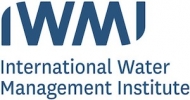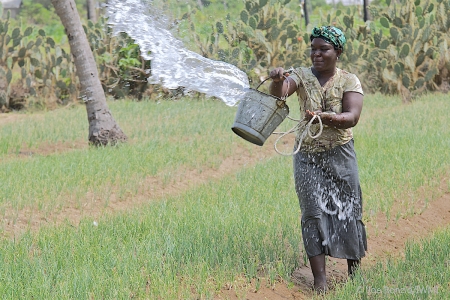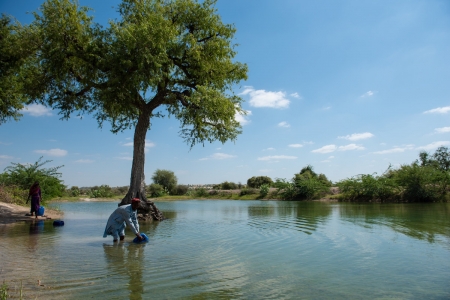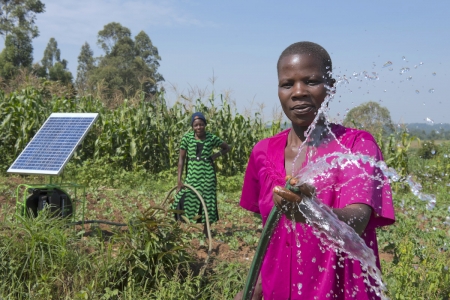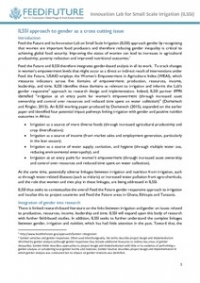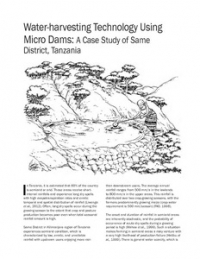Investments in sustainable irrigation and agricultural water management help to insulate communities against food insecurity and hunger, generate income and push for economic development through better integration with markets. Yet, less than 5% of the land area in Sub-Saharan Africa is irrigated. Lack of information on the location and the extent of irrigated areas remains a key challenge to instrument policy framework and direct investment for targeted development both in terms of food security, water resources management, and managing the irrigation externalities to maintain healthy ecosystem functions based on which agriculture and human wellbeing are sustained. In 2012 IWMI embarked an initiative to map agro-ecosystems across Asia and Africa, including irrigated areas and the way that agricultural water management practices are expanding in traditionally rainfed areas as part of its strategy moving towards impact oriented research. This initiative builds on IWMI’s previous attempt on Global Irrigated Area Mapping (GIAM) but aims to monitor agricultural water management and irrigation development to better support water resources and agriculture development in developing countries where reliable reporting and monitoring system is yet to be established. Our niche in such efforts in an already crowded mapping world lies in IWMI and WLE's core business in relation to agricultural water management: how could such maps inform better water resources and agricultural planning and investment, particularly in sub-Saharan Africa where accurate and up-to-date information is not often readily available. The comparative advantage of IWMI will be to link ecosystems to food production to add value to conventional land use/land cover mapping, and support policy making and investment decisions. An operational system of such map updates will further enable adjustments in decision making processes at this era of changes. We will establish a system which will generate maps of irrigated and rainfed areas for Africa and Asia and disseminate the products through IWMI and WLE web portal. Such maps can contribute to development of IWMI’s flagship products and metrics, and be a base information layer for many of IWMI’s projects. It is also a product system which truly integrate water, land and ecosystem, the three pillars of WLE CRP. It will be beneficial for broad research communities and stakeholders including investors, governments, and donor agencies for informed decision making to improve land and water productivity in a sustainable manner and contribute to poverty alleviation and economic growth.
menu

